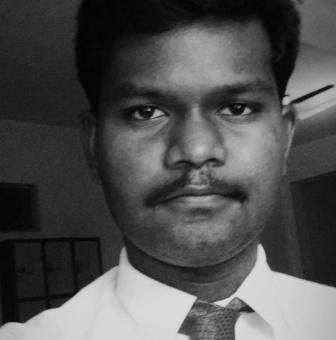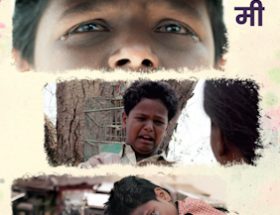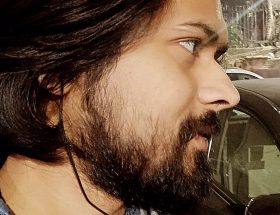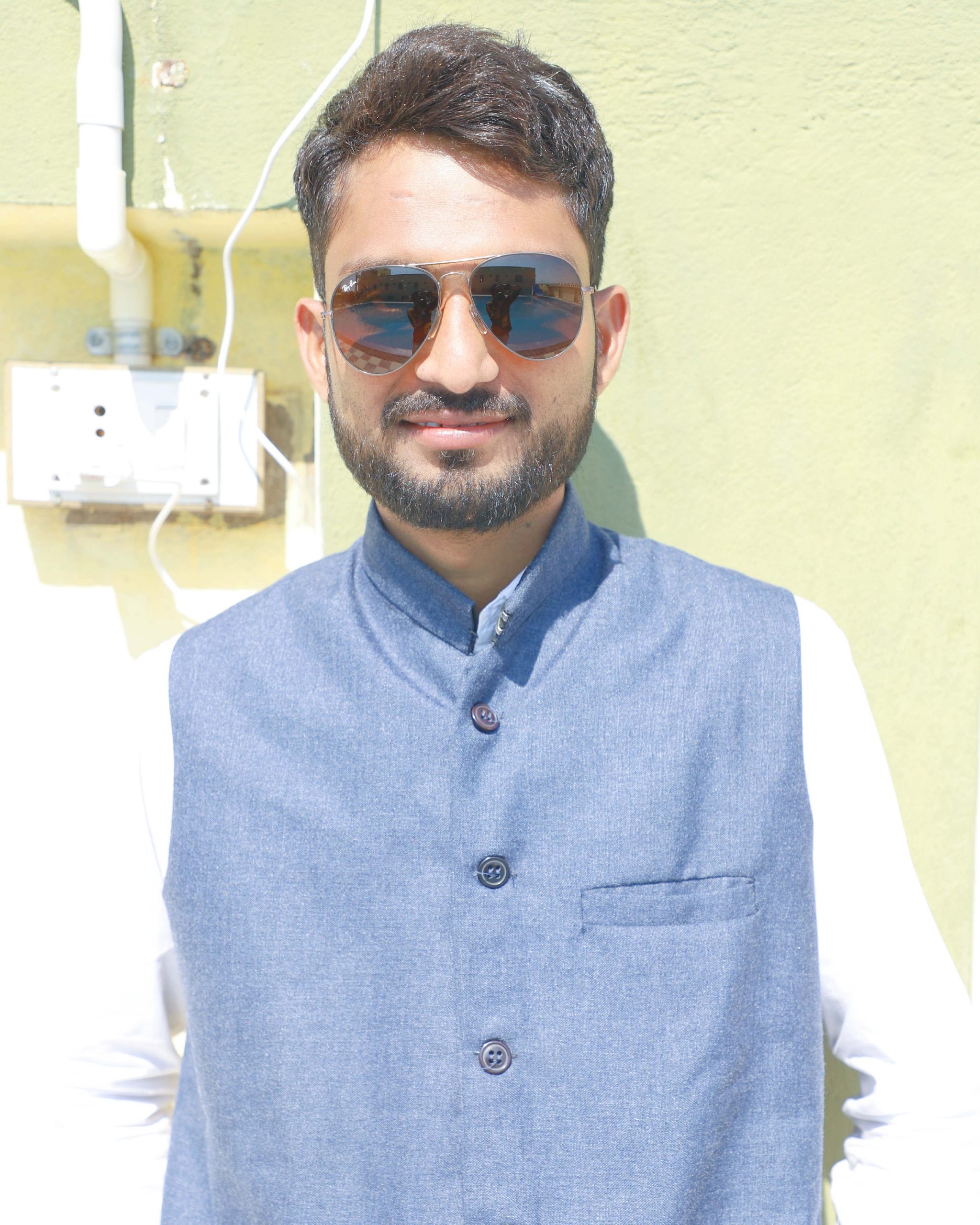 Dr. SPVA Sairam
Dr. SPVA Sairam
Natural historians fought among themselves as to ‘how’ organisms or species tend to survive in the ‘struggle for existence’, because the resources are always limited and the environment is mostly dynamic. For Darwin, it is mostly by violent means that organisms tend to outlive others; for Kropotkin, it is mostly about co-operation. Professor Stephen Jay Gould joins the debate and believes both violent and co-operative means are adopted by organisms depending on a multitude of factors (1)
Unsurprisingly, these notions of ‘Struggle for existence’ and ‘Survival of the fittest’ have been extended to human society as well and thinker after thinker propounded theories (2) justifying the nature of society – even though it is hierarchical- just because it has managed to ‘survive’.
We find many versions of the same argument; but here, let us see only 3 examples which are part of this erroneous tradition of thought.
The first version of argument is made by orthodox thinkers like Radhakrishnan, who said:
‘The civilization itself has not been a short lived one. Its historic records date back for over four thousand years and even then it had reached a stage of civilization which has continued its unbroken, though at times slow and static, course until the present day. It has stood the stress and strain of more than four or five millenniums of spiritual thought and experience. Though peoples of different races and cultures have been pouring into India from the dawn of History, Hinduism has been able to maintain its supremacy and even the proselytizing creeds backed by political power have not been able to coerce the large majority of Hindus to their views. The Hindu culture possesses some vitality which seems to be denied to some other more forceful currents. It is no more necessary to dissect Hinduism than to open a tree to see whether the sap still runs.'(3)
The second version is made by so called liberal thinkers (4) like Ramachandra Guha. He feels amazed that India is able to survive despite many challenges, and says:
‘We have proved them wrong (referring to western analysts)…We have survived so long as a largely united country, and that’s a miracle. Despite problems in Kashmir and a few areas in the northeast, we have got 80 to 90 per cent success in achieving political unity. Ninety per cent of our population is at peace being in India… However, in terms of democracy success is 50 per cent, though that is also remarkable’. (5)
The third example is in defense of the Global Economic Order, and it says:
‘Despite the numerous shortcomings of the liberal package, it has a much better record than any of its alternatives and the principles of open markets and accountable governance, of democracy … remain the firmest foundation for human progress in this century’. (6)
I. Let us now take the rebuttal made by Dr. Ambedkar to the first argument. Smashing the whole point, Babasaheb asserts:
‘Of the many reasons urged in support the Indian view of life one is that it chiefly owes to its influence that India alone of all the oldest countries have survived to this day… With the proof or disproof however of this statement …I do not wish to concern myself. Granting the fact of survival I mean to make a statement yet more important…There are different modes of survival. But all are not equally honorable…For an individual as well as for a society; there is a gulf between merely living and living worthily. To fight in a battle and to live in glory is one mode. To beat a retreat, to surrender and to live the life of a captive is also a mode of survival. It is useless for a Hindu to take comfort in the fact that he and his people have survived. What he must consider is what is the quality of their survival. If he does that, I am sure he will cease to take pride in the mere fact of survival. A Hindu’s life has been a life of continuous defeat and what appears to him to be life everlasting is not living everlastingly but is really a life which is perishing everlastingly…Thus it is not survival but the quality, the plane of survival that is important.’(7)
Let us extend this rebuttal to the rest of the examples as well:
II. India as an Independent nation might have survived but what is the “Plane of Survival”?
2.1. Take Inequality of Wealth, According to Oxfam International:
‘The top 10% of the Indian population holds 77% of the total national wealth… 73% of the wealth generated in 2017 went to the richest 1%, while 67 million Indians who comprise the poorest half of the population saw only a 1% increase in their wealth… Many ordinary Indians are not able to access the health care they need… 63 million of them are pushed into poverty because of healthcare costs every year – almost two people every second… It would take 941 years for a minimum wage worker in rural India to earn what the top paid executive at a leading Indian garment company earns in a year… Billionaires’ fortunes increased by almost 10 times over a decade and their total wealth is higher than the entire Union budget of India for the fiscal year 2018-19, which was at INR 24422 billion.'(8)
But the important question is who these Top 1% or 10% are? What are their castes?
As noted by Kuffir:
‘Brahmin-Savarna media in India borrow or often misappropriate/misinterpret the data to tell you how the top 1% of Indians hold 58% of the country’s wealth, the top 10% own 80% and so on. They never tell you about the caste of this top 1% or top 10% or 30%. Or of the bottom 50% or 70% or 80%…It is obvious to all that the top 10% or 20% are almost exclusively Brahmin-Savarnas, and that the bottom 70% or 80% are almost exclusively Bahujan. But the Brahmin-Savarnas don’t see it that way: their goal is economic independence from the top 1% who own capitalist means of production while the Bahujans want political, social and economic independence from the top 20%, which includes the Brahmin-Savarna ‘revolutionaries’ and liberals.’ (9)
2.2. Take the state of Farmers who feed the nation; as noted by Kuffir:
‘All these people who own 1 acre or less, which is the majority of the Indian farmers, and they say they are 60% or so but in reality, they constitute 80% of the Indian farmers comprising largely of SCs and OBCs who till their own land and till other people’s land as labourers. That is a very large population… The average farmer’s monthly income as of 2019 was around 10,900. the majority of farmers (I’d say, 80%) don’t earn that much.., the state defined minimum monthly wage for unskilled workers is around 15,900 in dilli, the majority probably don’t earn that much…The issue is that you don’t recognize the farmer as human. You will recognize everyone else. You will recognize government servants fighting for pay commissions. Upper caste ‘poor’ fighting for reservations, upper caste students demanding for repeal of reservations, fee hike in Jawaharlal Nehru University .The upper strata get the maximum attention. But the farmers who are below, those who labor for producing food for others, they’ve made those farmers who exert labor on behalf of society, to produce food, culpable for both production and non-production… It is basically the marginalized farmers belonging to SC, ST and OBCs who are stuck here. ..You don’t talk about them in the same way as you talk of others…pity the average ‘Indian’ who believes both the ‘Indian’ farmer and ‘Indian’ worker are looting him.'(10)
2.3. Take the Social composition of Judges of the Supreme Court
Supreme Court is said to be the guardian of the Indian Constitution – whose soul is justice , but ‘Traditionally and conventionally, Brahmins have dominated judgeship at the highest level…till 1980, there was no judge from the OBC or SC community…There has been no judge from the Scheduled Tribes (ST) community in the Supreme Court till date.'(11)
2.4. When George Flyod was murdered shamelessly, thinking people of the world questioned the structure of Police-Prisoner system. Now, let us see what is the social composition of Prisoners in India?
According to NCRB:
‘Of the total 4,78,600 prison inmates in the country, 3,15,409 or 65.90% belong to the Scheduled Castes, Scheduled Tribes and the Other Backward Class categories… (95.83%) were men and 19,913 (4.16%) women… Of the total 19,913 imprisoned women, 6,360 (31.93%) belonged to the OBC category, while 4,467 (22.43%) were SC, 2,281 (11.45%) were ST and 5,236 (26.29%) in the ‘Others’ category.’ (12)
Many other facets can be added, but these are suffice to show how Democracy in India is still a ‘top dressing on a soil which is essentially undemocratic’. A patriot or nationalist’s reverence for the State must be judged only by his or her commitment to enable the values of Justice, but, in the light of these open horrors, one wonders with what face thinkers can argue that our country has survived ‘remarkably’ and that it is a ‘miracle’. Clearly, their merit is a miracle and patriotism quite pathetic.
III. The current Global Economic Order may have survived, but what is the Plane of Survival?
Commenting on the evolution of property concentration over the past two centuries, Economist Thomas Piketty says (13):
‘It can then be observed that the share of the richest 1% of the population fell sharply during the twentieth century: it was around 55% of total wealth on the eve of World War I and is now close to 25%. However, it should be noted that this share is still about five times higher than that held by the poorest 50%, who currently own just over 5% of the total wealth (despite the fact that they are by definition fifty times more numerous than the richest 1%)…The poorest 50% of the world’s population is still the poorest 50% of the world’s population.’
Conclusion
Despite the progress made over the last 100 years, the world is still plagued by many ills and people are subjected to ignominies of the worst sort in the form of social discrimination (Caste, Gender, Race etc), income and wealth inequality, hunger, war, disease, terrorism, inhuman trafficking, forceful migration etc. We can think of bringing a change only by resisting and reassessing our current value system.
In this context, the argument made by Babasaheb acts as a guiding light, because, among all other factors, any assessment of the development of a nation or society must be made from the point of view of Welfare/Justice and the extent of its equitable dissemination among disadvantaged social classes or groups.
We must constantly resist every claim made against this noble argument (14) by echoing the words of Babasaheb, who remarked:
‘Is the fittest (the strongest) the best? Would not the weakest if protected be ultimately the best for advancing the ends and aims of society?.’ (15)
~
References
- Kropotkin was no crackpot. Natural History, vol. 97, no. 7, 1988, 12-21
- See Social Darwinism in European and American thought,1860-1945 by Mike Hawkins
- The Hindu view of life by Sarvepalli Radhakrishna,1926
- Ram Chandra Guha wonders why there is no conservative intellectual in India.
Probably he forgot that he belongs to the very category which he felt is missing in India. This reminds me the incident of one Paramanandayya student who when asked to take attendance of his fellow friends begins to count everyone except himself and starts panicking that a person is missing
https://www.thehindu.com/opinion/lead/the-missing-conservative intellectuals/article7461274.ece
- https://www.business-standard.com/article/current-affairs/india-s-survival-as-a-united-nation-for-70-yrs-a-miracle-ramachandra-guha-117012600181_1.html
- Though this argument is part of the speech made by Obama, it resonates among many popular thinkers like Steven Pinker, Yuval Noah Harari etc – ‘Read Barack Obama’s Final Speech to the United Nations as President’, Time, 20 September 2016.
- Ambedkar advances this argument in many places, we come across it for the first time in his review of Russell’s book (from page 487 of Volume 1, BAWS ), then in Annihilation of Caste (from page 66 of Volume 1, BAWS) and finally in his Buddha and his Dhamma (from page 323, Volume 11 of BAWS)
- https://www.oxfam.org/en/india-extreme-inequality-numbers
- https://roundtableindia.co.in/index.php?option=com_content&view=article&id=9156:bahujans-and-progressive-brahmins-adversaries-not-allies&catid=119:feature&Itemid=132
- Refer1) https://prabuddha.us/index.php/pjse/article/view/41
2) https://prabuddha.us/index.php/pjse/article/view/48
3) https://prabuddha.us/index.php/pjse/article/view/66 and
4) https://www.facebook.com/684862194/posts/10160724794447195/
- https://www.barandbench.com/columns/disproportionate-representation-supreme-court-caste-and-religion-of-judges
- https://www.livemint.com/news/india/6590-prison-inmates-are-from-sc-st-and-obc-categories-ncrb-data-says-11612951470742.html
- Owing to the limitations of space, I have taken only inequality of wealth as an example. Source: The Long March toward Equality and Participatory Socialism – pse.ens.fr/ideology.
- An example of this anti humanistic thought is Nietzsche, for people like welfare of masses is nothing but the triumph of ‘Slave Morality’ – See Jonathan Glover’s Humanity: A Moral History of the Twentieth Century
- ‘Mere Morality is not enough. It must be Sacred and Universal’, from page 324 of Buddha and his Dhamma (Volume 11 of BAWS)
~
Dr. SPVA Sairam is a Dentist by Profession.









